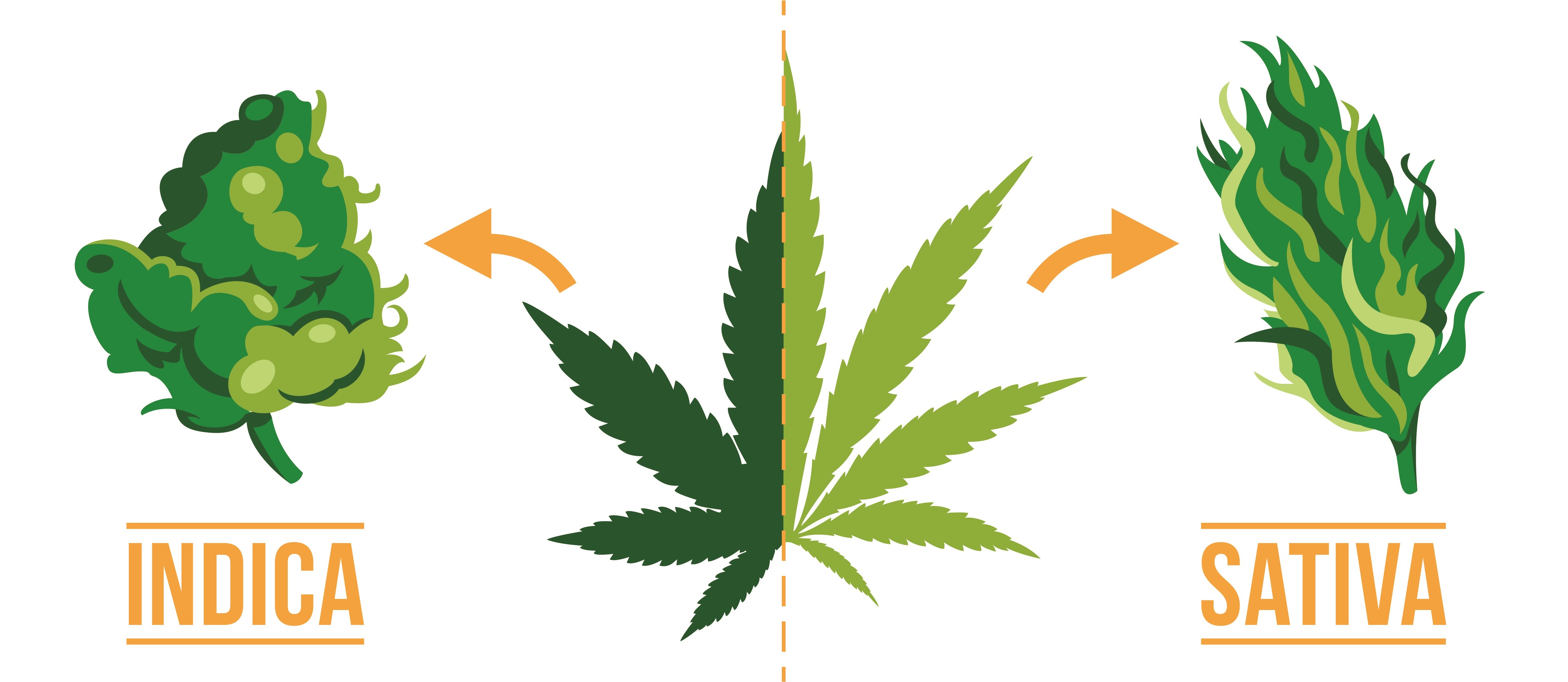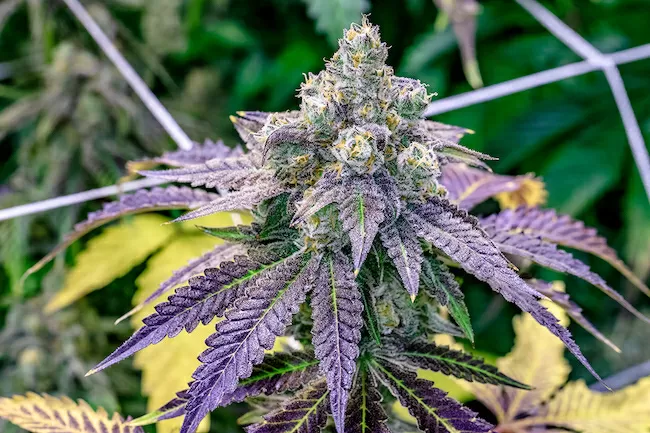Cannabis is generally divided into three subspecies: Cannabis sativa, cannabis indica, and cannabis ruderalis. Most people are familiar with the first two subspecies, and there seems to be an equal amount of sativa lovers and indica lovers. There's also a serious hybrid craze for those who just can't decide.
It makes sense—they all get you high. Of course, there are some variances in the high that each species has to offer, but nonetheless, they get the job done.
So, what exactly is cannabis indica, and how does it differ from a sativa? In this article, we're going to talk all about cannabis indica—its history, its effects, and more. Read on.
What Is Cannabis Indica?
Cannabis indica was first identified by the French biologist and nationalist Jean-Baptiste Lamarck in 1785. Lamarck was a bit of a theorist, proposing how animals would evolve throughout their lifetime. Of course, he was proven wrong most of the time, especially by Charles Darwin.
He had one theory, however, that stuck. That was his theory on cannabis. Lamarck is responsible for the breakdown of cannabis subspecies, as he theorized that cannabis indica and cannabis sativa were characterized by how they evolved differently in their isolated locations. Each subspecies had adapted to their environments, which is precisely what gives them their distinct appearances and effects.
To this day, we associate each subspecies primarily with the high they give. The more cannabis-educated will tell you that there's also a difference in their appearance as well as how they grow.
To be more specific, cannabis indica is a desert and mountain species—or cultivar—of cannabis. It is notably short and bushy and has adapted to cool, dry climates. If you look at an indica closely while it's growing, you'll notice dense leaves and tight buds. This is due to the fact that the cannabis indica species is adept at preserving water for its natural survival.
Cannabis Indica History
The complete history of cannabis in all its forms isn't an easy tale to tell. Its history is vast as the plant covers so many parts of the world and has been used in a multitude of ancient practices. It's also a politically polarized subject, both physically and legally.
Interestingly enough, cannabis indica was originally classified as a subspecies of cannabis sativa. This determination came from the fact that cannabis sativa was "discovered first." However, as more research unfolds, we're finding the opposite to be true. It is now largely believed that all cannabis originates from the indica, which would make it an entire species rather than a subspecies.
Cannabis indica is said to have originated in Central Asia or the Indian subcontinent. Most would agree that the plant's lineage leads directly to the Hindu Kush mountains. It is even believed within the Hindu religion that the deity, Shiva, brought down a special cannabis drink known as bhang with him/her to share with humankind.
Then again, the oldest and purest cannabis indica genetics are said to trace back to the Himalayan region of Karakorum.
Additionally, Asian regions that are now known as China, Mongolia, and even Siberia are said to be where the plant was first cultivated as one of the world's oldest crops. It's also theorized to have sprung up among the nutrient-rich "dumpsites" of ancient hunters and gatherers. Cannabis seeds have been found on old, recovered Viking ships and ancient south-Siberian burial grounds.
As you can see, it's a little tricky to put your finger on the plant's true origins. It's quite possible (and more likely) that cannabis has grown naturally in most regions worldwide, before human involvement, and we've only begun to understand its genealogy.
Regardless of where cannabis indica first grew, it didn't take long to become a widespread phenomenon.
The Cannabis Indica Appearance and Effects
As mentioned above, cannabis indica is most notably differentiated by its effects on the body and mind. This was also part of Lamarck's theory and how he separated the two cannabis subspecies.
Whereas the cannabis sativa effects are characterized as uplifting, mood-enhancing, and excellent for socializing, the effects of cannabis indica are somewhat opposite. Indica strains are well known for having a sedating, calming effect that bodes well for stress relief and pain.
Additionally, the appearance and how cannabis indica grows is also a discerning factor separating it from its Sativa counterpart. We mentioned that indica tends to grow shorter and bushier. It has a much shorter grow-to-harvest lifecycle, and it tends to be darker in colour, usually giving off more of a purple or hue rather than dark green.
Indica is also much more resinous and sticky, as well as aromatic.
Growth and Flowering Cycle
In general, the cannabis lifecycle is divided into two very distinct phases—namely, vegetation and flowering. In nature, these phases are reactions to the continuous shifting daylight lengths.
The vegetation phase begins when the plant experiences long days and short nights. This is also known as the photoperiod, and during this time, cannabis indica puts all of its energy into increasing its size. Once the days become shorter and the nights become longer, indica will enter its flowering phase.
Typically during the flowering phase, cannabis will grow upward and outward. This is also a primary difference between sativa and indica, as indica will grow upward to an extent, but it'll focus more on growing its outward bushiness. If you look at an indica plant and a sativa plant side by side towards the end of their flowering phase, it's easy to tell which is which.
Cannabis Indica or Sativa?

Cannabis, in general, has an incredibly rich history, and it's only a matter of time before we uncover more of its lineage. If there's one thing for certain, gone are the days when strains remained nameless and not much was known about the two subspecies of the plant.
Everyone has their preferences on what they'd prefer to smoke regarding cannabis indica and cannabis sativa. Now, we have options and can combine the two subspecies' benefits, so we don't have to choose.
There's more to cannabis than its THC content. Reach out to us to learn more about CBD and the hemp varieties of cannabis. Don't forget to check out our weed shop while you're at it.
 Italiano
Italiano Español
Español English
English Français
Français Deutsch
Deutsch
